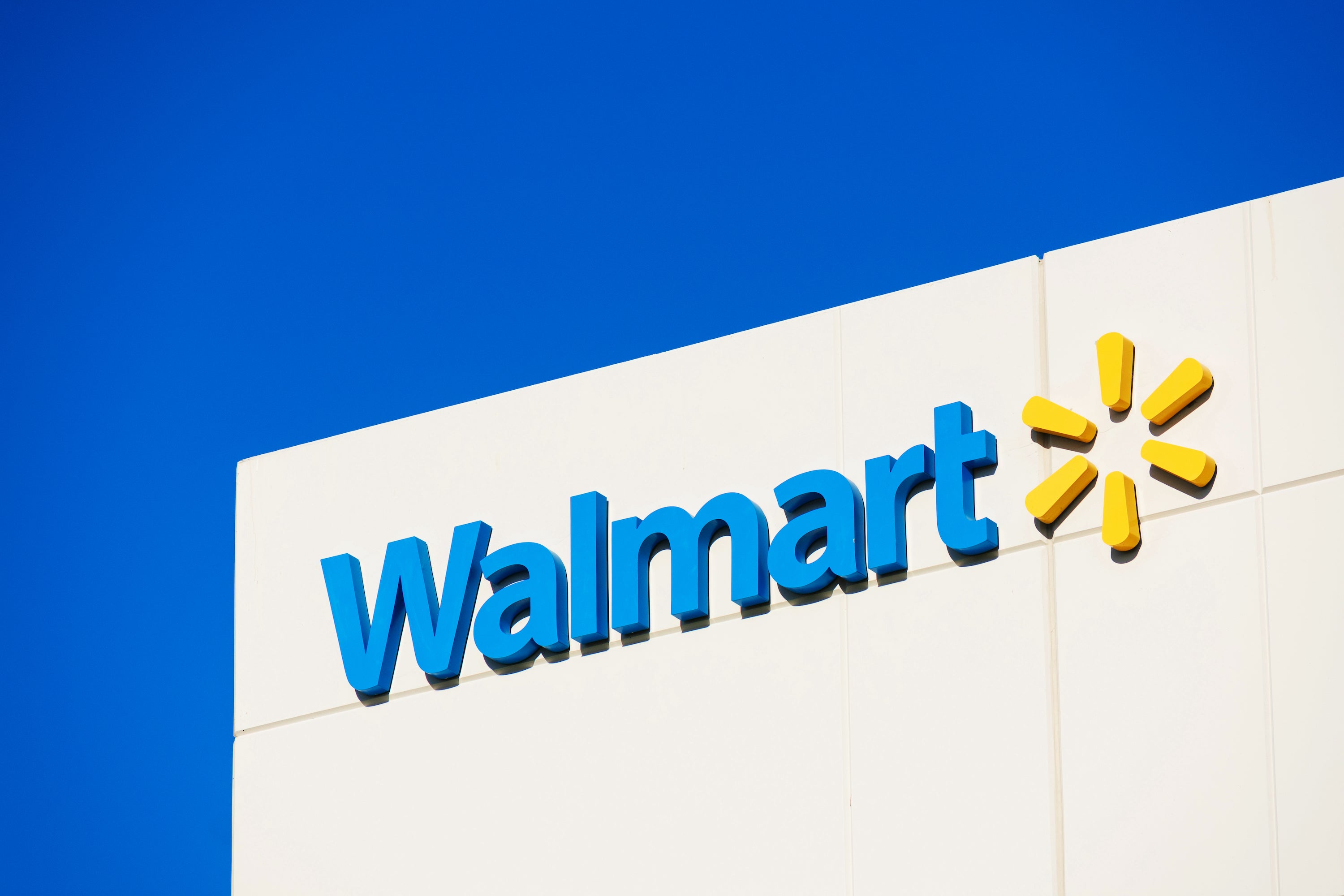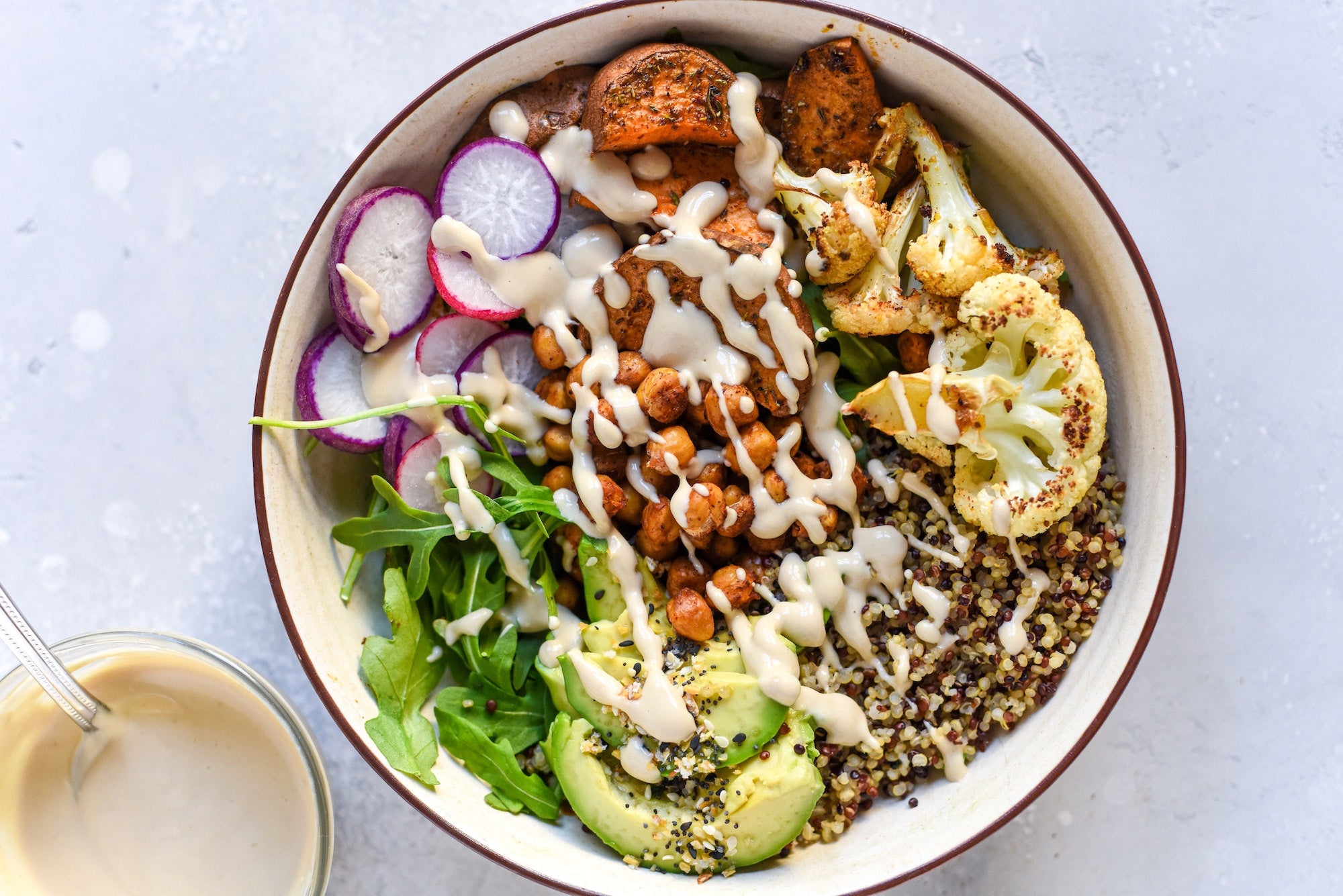Fiber is one of the most commonly discussed compounds in the wellness world. We see it promoted on food packaging, we hear it talked about on the Dr. Oz show, and we know it’s good for us. But if you take a moment to think about it, do you actually know what fiber is and why it’s important for your body?
No worries—we’ve got you covered! This article will discuss everything you need to know about fiber, including the different types, its benefits, and how to get more in your diet.
What Is Fiber?
Dietary fiber, also referred to as roughage or bulk, refers to a diverse group of carbohydrates found in plant foods that humans cannot digest. Instead of getting absorbed and used for energy, fiber passes through the digestive tract and out of your body almost wholly intact.
The Benefits of Soluble vs. Insoluble Fiber
There are two types of fiber: soluble and insoluble fiber, both of which have important benefits. The solubility of fiber refers to its ability to dissolve in water.
Soluble fiber dissolves in water in the gut, forming a gel-like substance. This type of fiber offers many benefits, including:
- Slows the rate of glucose (sugar) absorption: Soluble fiber creates a gel-like coating on the intestines that slows glucose absorption into the bloodstream. This helps reduce blood sugar spikes—an important part of preventing and managing diabetes. One study showed that consuming two servings of fiber-rich, whole-grain products per day could lower your risk of type 2 diabetes by as much as 21 percent.[*]
- Binds with fatty acids: Soluble fiber binds with fatty acids, flushing them out of the body. This helps lower LDL (bad) cholesterol.[*]
- Acts as a prebiotic: Many types of soluble fiber are considered prebiotic (or fermentable) fiber. This means gut bacteria ferments the fiber, which feeds the beneficial bacteria in the gut. This helps keep harmful bacteria in the gut in check.[*]
- Reduces inflammation: When gut bacteria ferment fiber, anti-inflammatory short-chain fatty acids are produced.[*] These compounds reduce inflammation in the colon, reducing the risk of conditions like ulcerative colitis, colon cancer, and diverticular disease.[*]
- Improves satiety. Soluble fiber helps you feel fuller for longer, which can play an important part in weight management.
Insoluble fiber, on the other hand, does not dissolve in water and passes through the digestive system mostly intact. It functions mainly as a “bulking” agent and helps speed the passage of food and waste through your gut.[*] This helps keep you regular.
Insoluble fiber also has a scrub-brush-like effect, helping to clean out bacteria and other harmful buildup in the intestines.
How Much Fiber Do You Need?
According to the American Journal of Lifestyle Medicine, only 5 percent of Americans consume the recommended amount of fiber.[*]
So, how much fiber should you be getting each day? It depends on your gender and age:[*]
- Women under 50: 25 grams per day
- Women over 50: 21 grams per day
- Men under 50: 38 grams per day
- Men over 50: 30 grams per day
What Foods Are High in Fiber?
Meeting your daily requirements for fiber is easier than you might think. You can easily meet (and exceed) the recommended grams by eating a variety of plant foods, including fruits, vegetables, whole grains, legumes, nuts, and seeds.
To conceptualize what the recommended amounts look like, here are the fiber contents of some foods:[*]
- 1 cup raspberries: 8 grams of fiber
- 1 medium pear: 4.5 grams of fiber
- 1 cup boiled green peas: 9 grams of fiber
- 1 cup whole wheat cooked spaghetti: 6 grams of fiber
- 1 cup cooked oatmeal: 5 grams of fiber
- 1 cup boiled lentils: 15.5 grams of fiber
- 1 cup boiled black beans: 15 grams of fiber
Plant foods contain both soluble and insoluble fiber, but in varying amounts. Soluble fibers are more prevalent in foods such as beans, peas, oats, barley, carrots, apples, and citrus fruits.
Good sources of insoluble fiber include potatoes, beans, whole wheat or bran products, green beans, cauliflower, and nuts. As long as you eat a varied diet rich in plant foods, you’ll get plenty of both types of fiber.
While fresh, whole foods should make up the bulk of your diet, healthy, shelf-stable foods can also help you meet your dietary fiber needs. Take IQBARs, for example. One IQBAR packs 6-9 grams of fiber. Not to mention, each bar is keto- and vegan-friendly and contains 12 grams of plant protein, five brain-boosting nutrients, and only 2-3 net carbs.
Quick Tips for Adding More Fiber to Your Diet
Adding fiber to your diet need not be complicated. Here are some quick and easy tips for upping your intake:
- Have a fiber-friendly breakfast: Start your day with oatmeal topped with fruit, avocado toast, or whole-grain cereal.
- Keep high-fiber snacks on hand: Reach for apples, oranges, nuts, veggie sticks, or IQBARs when you need a snack.
- Add a topping: Sprinkle flaxseed or psyllium flakes on top of your food or add to smoothies.
- Choose whole grains: Swap out refined grains like white rice and white pasta for whole-grain versions. Look for products that have “whole grain” listed as the first ingredient, not “enriched flour.”
- Add beans and other legumes: Add legumes, such as beans, lentils, and peas to salads and soups.
- Pass on juice: Eat fruits and veggies whole instead of juicing them, and eat the skins (when appropriate).
A Final Word on Fiber
Fiber is an essential part of a healthy diet, and you’re probably not getting enough. If you need to increase your dietary fiber intake, start slowly and be sure you’re drinking enough fluids. Adding too much fiber all at once and not drinking enough water can cause cramping, bloating, and constipation. Slow and steady wins the race.
Also, steer clear of fiber supplements. Whole food and healthy, shelf-stable foods like IQBARs can provide plenty of fiber with the added benefits of other health-supporting nutrients.


